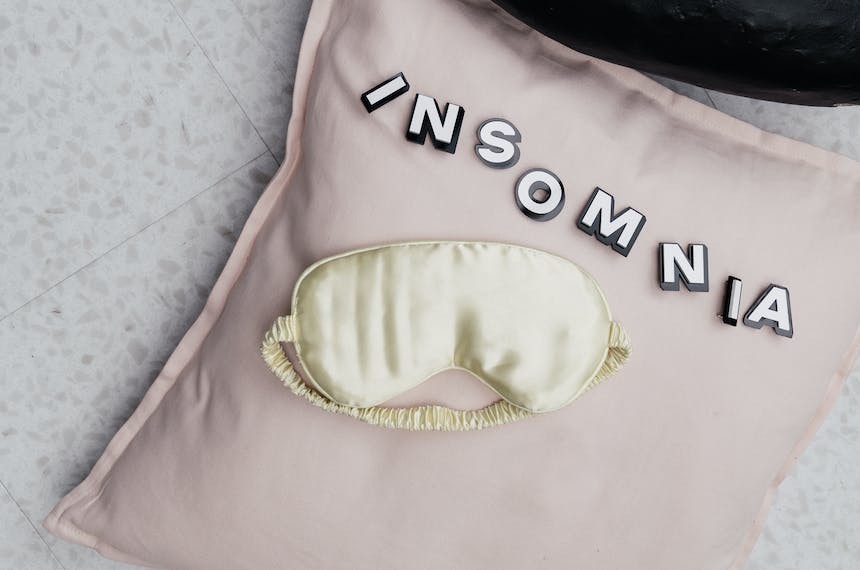
Insomnia
Insomnia can occur due to multiple factors, both short-term and chronic. Short-term cases may require short-term medication, while chronic insomnia can be managed with Cognitive and Behavioral Therapy (CBT) or medication like zolpidem. Tapering medication and addressing sleep expectations are crucial. CBT includes behavioral and cognitive components, and medication choice varies. Efforts to discontinue sedative medications and reinforce healthy sleep habits through CBT are essential for long-term management.
Insomnia and its Coexistence with Other Disorders
Insomnia is often accompanied by various medical, psychiatric, or neurological conditions. It can result from acute stressors, medications, or substance abuse. Diagnosing insomnia involves identifying persistent sleep difficulties, ensuring adequate opportunities for sleep, and noting compromised daytime function. In certain cases, sleep studies like polysomnography or actigraphy are used for diagnostic purposes. (1, 2, 3)
Management Strategies for Insomnia
The treatment of insomnia involves a stepwise approach, focusing on minimizing contributing factors and comorbid illnesses. For short-term insomnia, which is often easily linked to immediate stressors, short-term medication can be helpful. For chronic insomnia, Cognitive Behavioral Therapy (CBT) and pharmacotherapy are the primary treatments. Periodic follow-up is recommended to reassess insomnia causes and current symptoms. (4, 5)
Cognitive Behavioral Therapy (CBT) in Insomnia
CBT for insomnia is a comprehensive approach addressing various thoughts and behaviors that disrupt sleep. It typically involves multiple sessions and can be delivered through different mediums. Behavioral components include establishing a stable sleep schedule and restricting time in bed, while cognitive components address anxiety and catastrophic thoughts associated with sleeplessness. (6)
Pharmacological Treatments for Insomnia
Medications approved for insomnia include zolpidem, doxepin, and ramelteon. Trazodone and gabapentin serve as alternatives. In cases of concurrent psychiatric disorders, eszopiclone may be considered. The choice of medication is tailored to the patient's specific needs, including age, comorbidities, and personal preferences. (7)
Addressing Treatment Failure in Insomnia
Failure in treating insomnia may necessitate discussions about sleep expectations, especially in older adults and those with comorbid conditions. While adherence to CBT is crucial, resistance to discontinuing sedative medications can be challenging. In such scenarios, medication may be considered as a secondary option. (8)
Tapering and Duration of Insomnia Treatment
The likelihood of needing ongoing medication is closely related to the duration of insomnia before the initiation of treatment. Gradual tapering of medications, possibly alongside CBT, is important to reinforce healthy sleep habits and manage any difficulties that arise during the tapering process. (9)
References
1-American Academy of Sleep Medicine. International Classification of Sleep Disorders. 3rd ed. Darien, IL: American Academy of Sleep Medicine; 2014.
2- American Psychiatric Association. Diagnostic and Statistical Manual of Mental Disorders, Fifth Edition (DSM-5), American Psychiatric Association, Arlington, VA 2013.
3-Monti JM. The neurotransmitters of sleep and wake, a physiological reviews series. Sleep Med Rev. 2013;17:313–315. doi:10.1016/j.smrv.2013.02.004.
4- Schutte-Rodin S, Broch L, Buysse D, Dorsey C, Sateia M. Clinical guideline for the evaluation and management of chronic insomnia in adults. J Clin Sleep Med. 2008;4:487–504.
5- Sateia MJ, Buysse DJ, Krystal AD, Neubauer DN, Heald JL. Clinical practice guideline for the pharmacologic treatment of chronic insomnia in adults: an American academy of sleep medicine clinical practice guideline. J Clin Sleep Med. 2017;13:307–349. doi:10.5664/jcsm.6470.
6-Morin CM, Vallières A, Guay B, et al. Cognitive behavioral therapy, singly and combined with medication, for persistent insomnia: a randomized controlled trial. JAMA 2005; 2009; 301.
7-Mandrioli R, Mercolini L, Raggi MA. Metabolism of benzodiazepine and nonbenzodiazepine anxiolytic-hypnotic drugs: an analytical point of view. Curr Drug Metab. 2010;11:815–829. doi:BSP/CDM/E-Pub/000106 [pii].
8-Richardson GS, Roehrs TA, Rosenthal L, Koshorek G, Roth T. Tolerance to daytime sedative effects of H1 antihistamines. J Clin Psychopharmacol. 2002;22: 511–515.
9- Linnet K, Gudmundsson LS, Birgisdottir FG, et al. Multimorbidity and use of hypnotic and anxiolytic drugs: cross-sectional and follow-up study in primary healthcare in Iceland. BMC Fam Pract 2016; 17:69.





